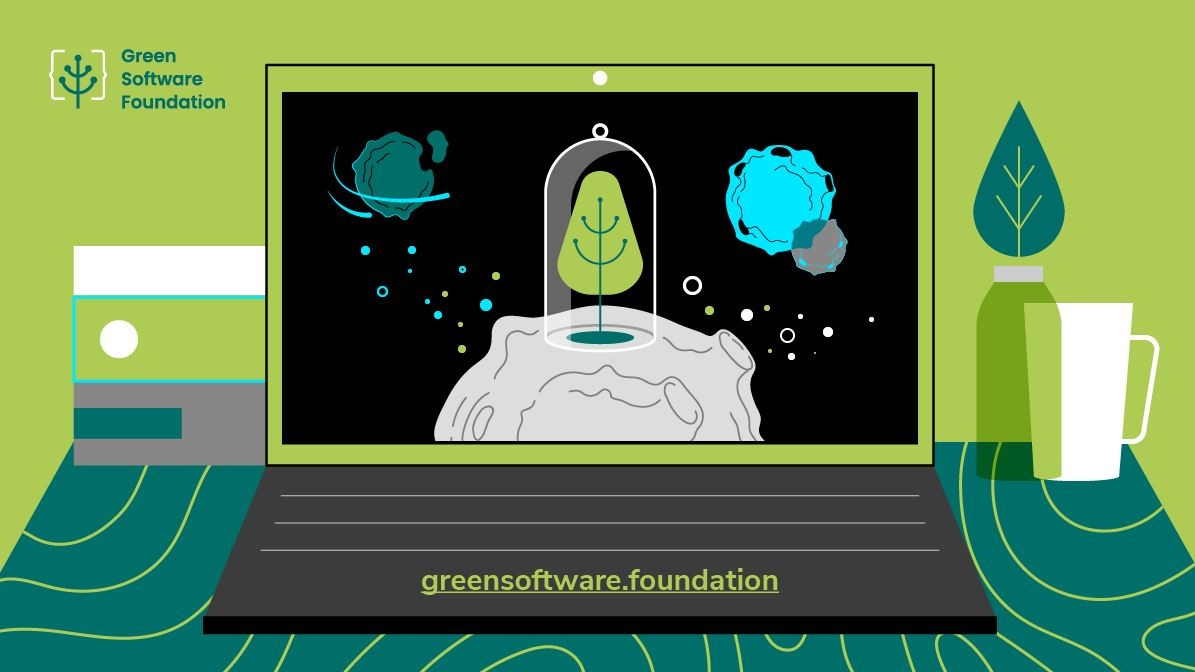What is green software?
Green software refers to software applications and systems that are designed and developed with the goal of minimizing their impact on the environment. Green software can have a variety of features and functions that enable it to be more environmentally friendly, including energy efficiency, reduced carbon footprint, and support for sustainable practices.
Green software can be applied in a variety of areas, including energy management systems, smart grid technology, transportation systems, and building automation. For example, a green software application for a building automation system might use sensors to monitor and adjust temperature and lighting in different parts of the building, thereby reducing energy consumption and minimizing waste.
The concept of green software reflects the growing awareness of the environmental impact of technology and the need to develop sustainable solutions that can help reduce greenhouse gas emissions and other negative environmental effects.
Principles of green software
There are several key principles that guide the development of green software, including:
- Energy efficiency: Green software is designed to use as little energy as possible, by optimizing algorithms, reducing computation time, and minimizing resource usage.
- Resource conservation: Green software aims to conserve natural resources such as water, raw materials, and energy by using them more efficiently and reducing waste.
- Carbon footprint reduction: Green software seeks to minimize carbon emissions and other greenhouse gases by using renewable energy sources, reducing energy consumption, and promoting sustainable practices.
- Lifecycle thinking: Green software takes a holistic approach to product design and development, considering the entire lifecycle of the software, from production to disposal.
- User empowerment: Green software empowers users to make more environmentally sustainable choices by providing feedback, recommendations, and tools that help them reduce their environmental impact.
By following these principles, developers can create software that is more environmentally sustainable and helps to address some of the most pressing environmental challenges of our time.
Benefits of green software
There are several benefits of green software, including:
- Environmental sustainability: Green software helps to reduce the negative environmental impact of technology by minimizing energy consumption, reducing carbon emissions, and conserving natural resources.
- Cost savings: Green software can help organizations save money on energy costs by reducing energy consumption and optimizing resource usage.
- Competitive advantage: Green software can give organizations a competitive advantage by demonstrating their commitment to sustainability and attracting environmentally conscious customers and partners.
- Improved performance: Green software often uses more efficient algorithms and optimized resource usage, which can lead to improved performance and faster processing times.
- Innovation: Green software can drive innovation by encouraging the development of new technologies and practices that promote sustainability and reduce environmental impact.
Overall, green software can help organizations to become more environmentally sustainable, reduce costs, and stay ahead of the competition while driving innovation and improving performance.





